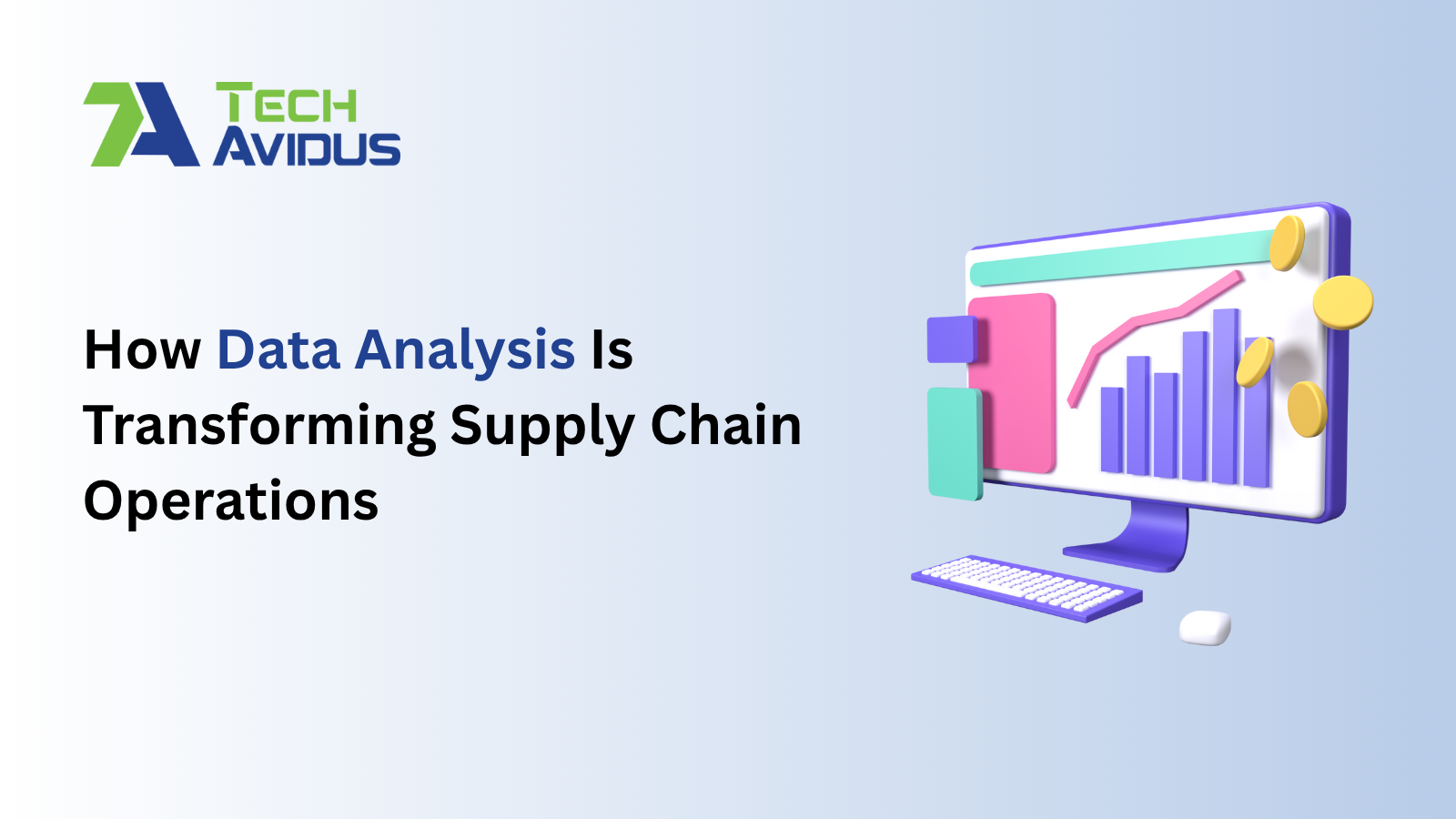
In today’s fast-paced global market, data is no longer just a resource—it’s a strategic asset. Supply chain and logistics operations have become increasingly complex, with numerous stakeholders, evolving consumer demands, and global uncertainties. Amid this complexity, data analysis for supply chain management has emerged as a powerful tool to streamline processes, enhance visibility, and mitigate risks.
According to McKinsey, companies that effectively use analytics in their supply chains can increase logistics efficiency by 15% and reduce inventory levels by 35%. But how does this transformation unfold in real-world supply chain operations?
Let’s explore how data analytics is truly redefining modern logistics.
Example:
A global FMCG company like Unilever uses data analytics to monitor supply chain activities across 190 countries, reducing waste and improving responsiveness in real-time.
Data analytics in supply chain operations spans across four main categories:
Stockouts usually happen due to inaccurate demand forecasts, poor visibility into inventory levels, or supplier delays. Predictive analytics tools can detect patterns and suggest accurate reorder points based on real-time sales velocity and seasonal demand.
Reducing operational costs is a top priority for every logistics company. Data analytics helps identify bottlenecks, overstocking, and underutilized routes, helping you make cost-saving decisions.
How to reduce supply chain costs?
Example: Amazon uses route optimization algorithms to save millions annually on last-mile delivery.
Supply chains are exposed to risks like natural disasters, political unrest, and supplier failure. Advanced analytics enables scenario planning, what-if modeling, and risk scoring, allowing businesses to react faster and smarter.
Example: During the COVID-19 pandemic, companies using predictive analytics rerouted shipments or shifted sourcing within days instead of weeks.
Supply chain leaders want end-to-end visibility—from raw materials to customer delivery. Data analytics makes this possible through IoT integrations, live tracking, and real-time dashboards.
Impact of data on logistics management
Logistics Tracking Example:
Food delivery services like Zomato or Swiggy use real-time analytics to adjust delivery times based on traffic, restaurant prep time, and customer location.
Not all suppliers perform equally. Data analytics can score suppliers based on delivery accuracy, lead times, and cost efficiency, enabling smarter sourcing decisions.
Best data analytics platforms for 3PL providers
Challenges in forecasting inventory in retail? - Rapid demand shifts, seasonal trends, and promotions make forecasting tricky. → ML models trained on historical + market data enhance prediction accuracy.
Data solutions for inventory planning in the retail industry - Blue Yonder for demand sensing, automated replenishment tools, and real-time POS analytics streamline inventory decisions.
Use of AI in automotive supply chain management
AI enables dynamic demand planning, parts prediction, and intelligent warehouse routing. Companies like BMW and Ford use AI to monitor global component availability and reduce downtime.
Smart warehousing for eCommerce businesses
IoT tracks inventory, AI bots improve order picking, and RFID offers real-time item visibility across facilities.
Demand forecasting tools for FMCG industry - Tools like RELEX, Infor, and NetSuite improve forecast accuracy, reduce waste, and align supply with dynamic consumer demand.
Predictive analytics for inventory management - Avoid overstocking, enhance shelf readiness, and reduce inventory holding costs with predictive demand models.
How to implement demand forecasting module?
Connect your ERP to data sources, apply algorithms like ARIMA or LSTM, and refine forecasts through continuous learning cycles
How to improve supply chain efficiency using data?
Use descriptive data to identify inefficiencies, predictive models to plan, and prescriptive analytics to automate corrective actions.
Reducing lead times with data analytics
Forecast demand earlier, use AI for optimal shipping modes, and improve collaboration with suppliers using digital platforms.
Data analytics is no longer an optional luxury—it’s the backbone of next-gen supply chain management. Whether you're running an FMCG business, a 3PL operation, or an eCommerce platform, leveraging data insights can boost agility, reduce costs, and ensure supply chain resilience.
At TechAvidus, we specialize in building custom supply chain software solutions integrated with powerful data analytics capabilities. Whether you're just starting or want to scale your current operations—reach out for a free consultation to discover the right solution for your business.
Q1: Can small businesses benefit from supply chain data analytics?
Absolutely! Even small retailers can use basic analytics to track inventory, optimize shipping, and better forecast demand.
Q2: Is AI necessary for data analytics in supply chains?
AI helps scale data analytics and generate better insights, but many improvements can be made using descriptive and predictive tools alone.
Q3: What KPIs should I track using analytics?
On-time delivery rate, inventory turnover ratio, lead time, order accuracy, supplier defect rate, and customer satisfaction score.
Q4: How long does it take to implement data analytics in supply chains?
Depending on complexity, a basic system can be implemented in 4–8 weeks. More advanced systems may take longer.
Q5: Do I need expensive tools to get started?
Not at all. Many open-source and cloud-based tools are available. Schedule a consultation to explore the best options.

Keshu Keshvala is the Chief Marketing Officer at TechAvidus — a trusted software development company based in India, specializing in AI-powered web, mobile, and custom software solutions. With 10+ years of experience in the IT and software development industry, Keshu has played a key role in delivering enterprise-grade digital solutions that help clients reduce costs, improve efficiency, and achieve optimal results tailored to their business needs.
We have the most experienced Top 1% of Tech Talent Teams who can deliver superior technology solutions.
All Rights Reserved. Copyright © 2025 | TechAvidus